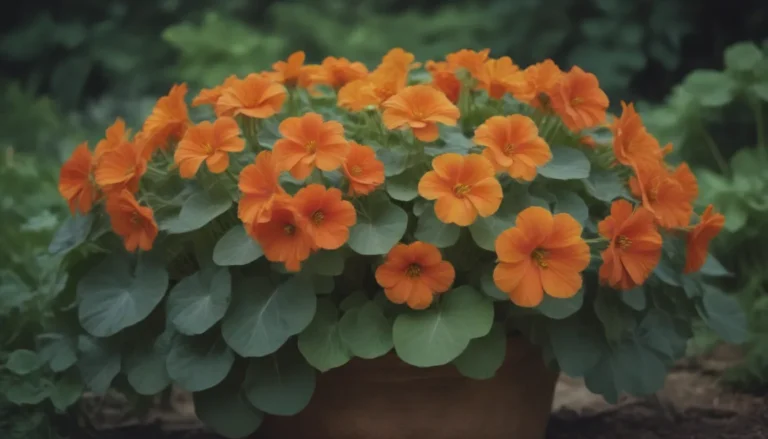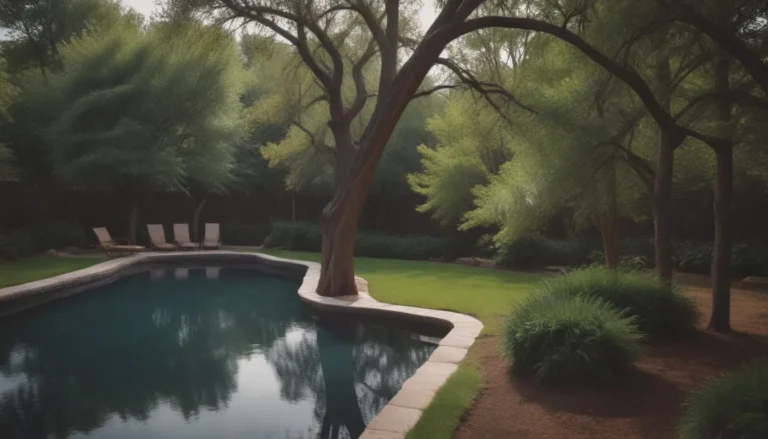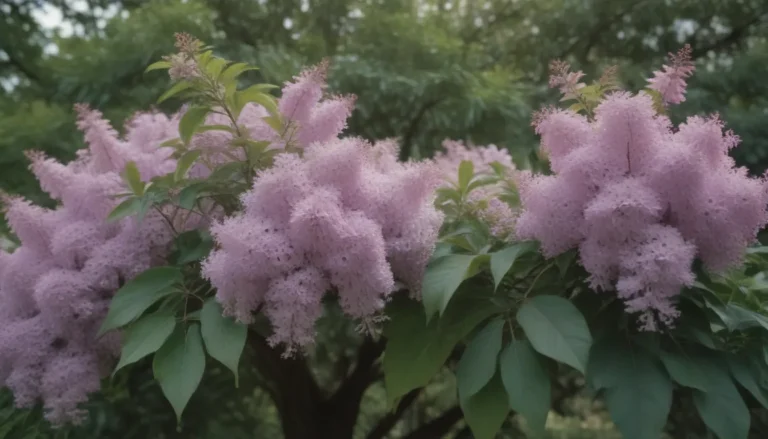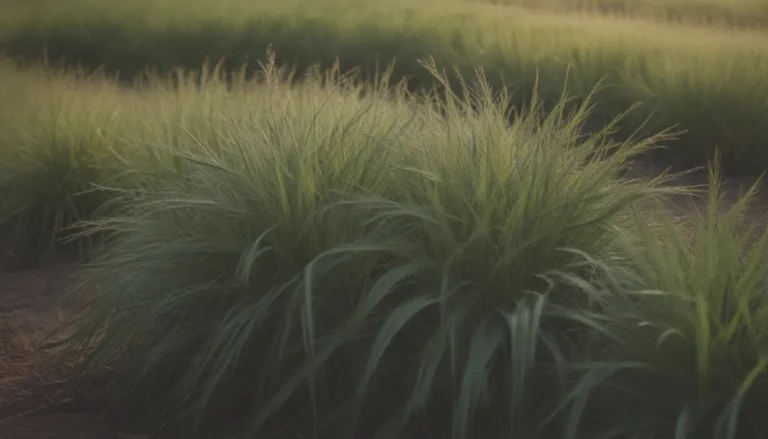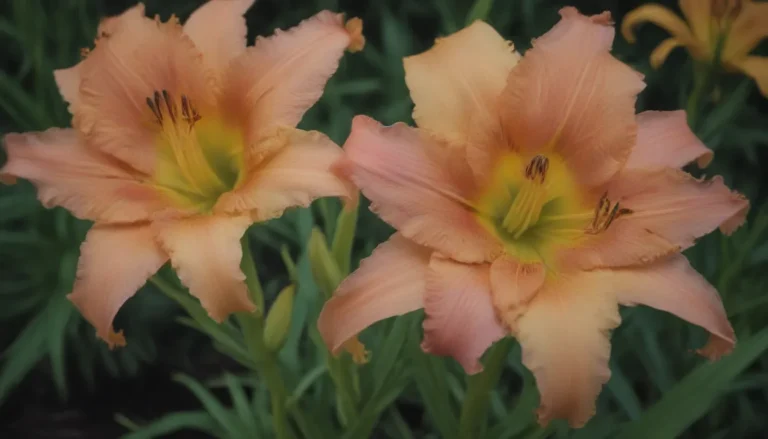The Myth of Putting Rocks at the Bottom of Planters: Debunked!
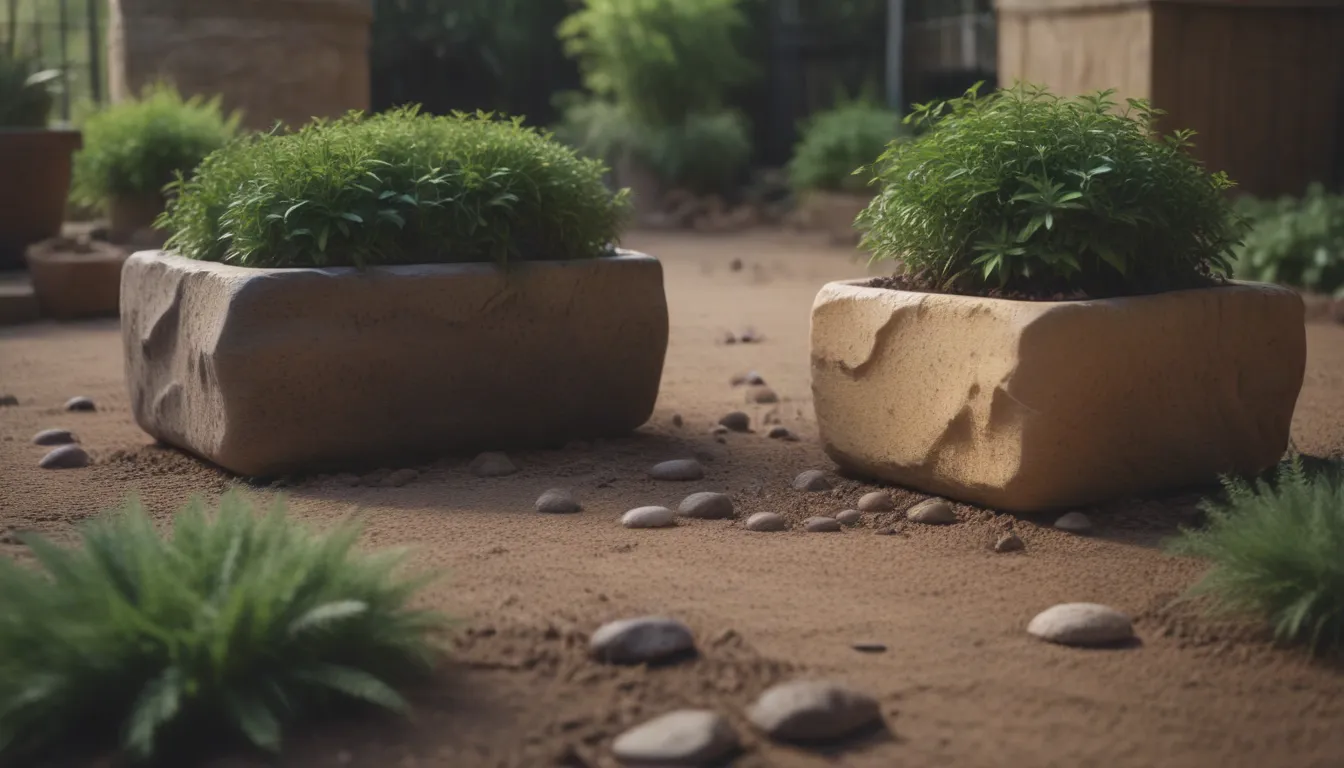
If you’re a plant parent like me, you probably want to do everything you can to ensure your leafy friends thrive. One common piece of advice that has been circulating in the plant world is putting rocks at the bottom of planters to prevent root rot. But is there any truth to this age-old practice? We asked three plant experts to weigh in on the topic and provide some valuable insights.
Meet the Plant Experts
- Laura Janney
- Gene Caballero
- Ruth Carll
The Truth Behind the Myth
Laura Janney, a gardening expert and founder of The Inspired Garden, explains that contrary to popular belief, rocks at the bottom of a planter can do more harm than good to your plant’s roots. The idea behind this myth is that rocks help with drainage and prevent root rot. However, Janney clarifies that adding rocks actually creates a zone of saturation that can lead to root rot. Every time you water your plant, the water table in the container rises, leaving the roots in saturated soil that never dries out.
Ruth Carll, a Rutgers State program leader for consumer horticulture, further explains that the real culprit behind root rot is standing water, not the presence of rocks in the planter. Salt build-up in the standing water can create a toxic environment for the roots, ultimately harming your plant. Therefore, it’s essential to ensure proper drainage in your planters to prevent this issue.
Opting for Proper Drainage
The best way to prevent root rot is to choose planters with drainage holes. These holes allow excess water to escape, reducing the risk of waterlogging and root rot. However, we understand that sometimes you come across a beautiful planter without drainage holes that you just can’t resist. In such cases, here are two alternatives to using rocks in your planters:
2 Alternatives to Using Rocks
1. Drill Your Own Holes
Instead of adding rocks to a planter without drainage holes, you can drill holes yourself. This is a simple process, especially for wood or plastic planters. For metal pots, a cobalt drill bit is recommended, while drilling into ceramic pots requires a bit more effort. We suggest drilling one large hole in the center rather than multiple smaller holes to minimize the risk of damaging the pot.
2. Use Two Pots
Another workaround for using decorative pots without drainage holes is the two-pot method. Plant your houseplant in a pot with a drainage hole slightly smaller than your decorative pot, then place it inside the decorative pot. Remember to remove the inner pot when watering and allow it to drain fully before placing it back inside.
The Bottom Line
In conclusion, putting rocks at the bottom of a planter is not recommended as it can lead to root rot. Instead, opt for planters with drainage holes or consider drilling holes yourself. If you’re using decorative pots without drainage, the two-pot method is a practical solution. Remember, the key to healthy plants is proper drainage and avoiding waterlogged soil.
So next time you’re tempted to reach for those rocks, remember the advice of our experts and ensure your plants have the best chance to flourish. Happy planting!
